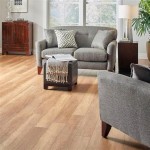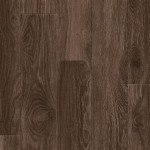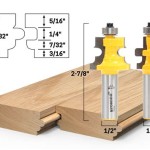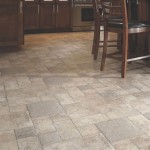Unveiling the Essentials of Real Wood Flooring Cost Per Square Foot
The allure of genuine wood flooring extends beyond its timeless beauty, offering an unparalleled warmth and character to any space. However, before embarking on your flooring journey, it's crucial to gain an understanding of the factors that influence its cost per square foot.
1. Wood Species: The Foundation of Cost
The type of wood used plays a significant role in determining the overall cost. Exotic species like Brazilian cherry or walnut are known for their distinctive grain patterns and durability, and consequently, come with a higher price tag. Domestic species such as oak and maple offer a more cost-effective option while still providing a classic and elegant look.
2. Grading: Defining Quality and Aesthetics
Grading systems establish the quality and appearance of wood flooring. Clear grade indicates the highest quality, with minimal knots and imperfections, resulting in a higher cost. Select grade offers a balance between quality and affordability, with some minor imperfections. Common grade, with more visible knots and variations, represents the most economical option.
3. Plank Size and Thickness: Embracing Expanse and Strength
Wider and thicker planks create a more spacious and luxurious feel but come at a premium. Thinner planks, while more budget-friendly, may require more frequent maintenance. The ideal choice depends on your desired aesthetic and the amount of foot traffic the flooring will experience.
4. Installation Method: Unveiling the Art of Precision
The installation method significantly impacts the cost. Floating floors, installed over underlayment and clicked together, offer a cost-effective and DIY-friendly option. Glue-down and nail-down methods require professional installation and generally incur higher labor expenses.
5. Finishing: Protecting Against Wear and Tear
Finishing options such as polyurethane, oil, or wax enhance the durability and appearance of your flooring. Water-based finishes are more environmentally friendly and dry quickly, while oil-based finishes offer a richer, darker hue and more protection against water damage. The choice of finish affects both the cost and maintenance requirements.
6. Additional Factors: Unveiling Hidden Costs
Additional factors, such as moisture barriers, underlayment, and sanding, can add to the overall cost. Moisture barriers prevent moisture damage, while underlayment improves soundproofing and comfort. Sanding ensures a smooth and even surface, but older floors may require multiple passes, increasing the labor cost.
Conclusion: Making an Informed Decision
Understanding the essential aspects of real wood flooring cost per square foot empowers you to make an informed decision that aligns with your budget and aesthetic preferences. By considering the wood species, grading, plank size, installation method, finishing, and additional factors, you can create a stunning and long-lasting wood floor that complements your home's unique character.

Hardwood Flooring Cost 2024 Per Square Foot Mk

How Much Does Hardwood Flooring Cost 2024 Guide

Average Hardwood Flooring S In 2024 Forbes Home

How Much Does Hardwood Flooring Cost 2024 Guide

The Complete Guide To Flooring Costs By Type Twenty Oak

How Much Does Hardwood Flooring Cost 2024 Guide

Cost To Install Hardwood Floors The Home Depot

The Cost Of Installing Hardwood Floors A Guide For Homeowners Architects Diary

Cost To Install Hardwood Flooring Floor Fixr

How Much Does Flooring Installation Cost In 2024 Forbes Home
Related Posts








